
mjrendon
-
Posts
183 -
Joined
-
Last visited
-
Days Won
1
Posts posted by mjrendon
-
-
This unit is one of the better ones in my opinion (note: I do not own this one). Will Prowse does an excellent job of identifying strengths and weaknesses of each unit he reviews. Some units can take a full day or longer to charge after being fully discharged.
Would you buy one if your trailer already has Li batteries and an inverter?
Would you buy one instead of upgrading your trailer to Li batteries?
How would you expect to use the solar generator?
Mike
-
 1
1
-
-
Dennis1,
The Oliver Elite 2 has these 5 AC circuit breakers.
- Main 30 amp
- A/C 20 amp
- Fridge/Water Heater 20 amp
- Microwave/AC Outlets 20 amp
- Charger 15 amp
Whenever you are using AC power (shore, generator or battery and inverter) you can not exceed the draw on each circuit breaker.
If you are running a space heater you will want to avoid using the microwave. Simply shut one off when the other is needed (or the breaker will flip).
Mike

-
 1
1
-
1 hour ago, Neuman's said:
I have two battery banks. A single starting battery (105 - AH AGM) is fused between the alternator / battery charger and the ships power bank (3 - 105AH AGM's) is also fused between the alternator and battery charger. This is done per the recommendation of Blue Sea's as well as Balmar, the alternator manufacturer.
Jim,
This is interesting. The AGMs do not use a BMS and I suspect that your fuses are placed between each system component, where as with Victron lithium batteries they recommend fusing each battery individually. So if you are using multiple Victron batteries in a single bank, then each battery should have its own fuse for over current protection.
Mike
-
10 minutes ago, Neuman's said:
I use the Blue Sea's terminal fuse blocks on my sailboat.
Neuman's,
Do you fuse each battery on your sailboat and if so, are you using Victron lithium batteries or another manufacturer?
Thanks,
Mike -
1 hour ago, John E Davies said:
I don’t know the exact reason, but why would you not simply follow accepted practices?
If the switch is installed on the positive terminal lead, then any positive leads that are between the battery and the switch are a "risk" since anything in the RV that was grounded is still grounded. Working on any positive lead between the battery positive terminal and the cut-off switch could be dangerous until the negative battery terminal lead is also disconnected. I will suggest that it might be safer to do this work if the cut-off switch were placed on the negative terminal, but I could be wrong too.
NOTE - My concern comes from something that I read where lithium batteries are supposed to be balanced annually, which includes charging each one when isolated from the others. So at least annually I would expect to be working in the RV battery compartment.
1 hour ago, John E Davies said:How many folks fuse their batteries? Hands up.
I had thought about this quite a bit when you mentioned Victron's recommendations in a previous post. I read that Victron uses an external BMS (battery management system) that is incapable of providing isolation for overcurrent situations, where as some other manufacturers do use internal BMS with this capability. I believe that Victron recommends fusing each of their batteries individually because of this. Fusing a Victron's battery would be the primary protection for a short circuit event and would be a back-up for other batteries that already have this protection built-in with an internal BMS.
-
 1
1
-
-
So why do switch manufacturers show the switch connected to the positive terminal?
Wouldn't it be safer to place the cut-off switch on the negative terminal lead as it makes sense to disconnect the negative terminal lead first whenever working on the electrical system.
Has anyone installed their cut-off switch on the negative terminal lead rather than the positive lead in an Oliver?

-
1 hour ago, John E Davies said:
Once you use an air powered one you will be much happier.
I have always just fought with my old pump style grease gun but considering trying out an air powered one. Is this something that you carry with you on the road or only use when at home?
-
John,
I have used this app on an Android tablet for planning trips. The pro version upgrade has a trip planner feature that works well for me. I setup the start and finish locations and then I start looking for campsites. Once I have campsites selected/arranged, I will choose fuel stops and rest areas. NOTE: There is also an IOS version of this app but I have not used it. Once the trip is planned I can use the same tablet for navigation. The app links your stops nicely to both Google Maps and Waze.
You might also consider Harvest Hosts, which offers a membership program that invites self-contained RVers to have unique overnight stays.
RV Parks & Campgrounds by Parkadvisor

Mike
-
This looks great! I don't see any major issues.
The conduit might be a bit flexible, but it should be able to hold the batteries in place. The PVC spacer boards in the bottom of the battery tray look like they will help keep those Battleborn stable.
-
Any thoughts on these 12V items;
-
What are some of uses that you have found for the 12V plugs?
I have used it for charging AA and AAA batteries with a plug in charger and for a smaller computer (12v to 19V adaptor).
I also have a 12V 130 WH battery pack that I can charge using 12V.
I tried a 12V electric blanket but it was underwhelming.
Mike
-
1 hour ago, QuestionMark said:
Can't ever think of a reason we would ever need the 12v port anyway and this allows my wife and I to charge our phones and apple watches (4 USB ports now).
I have an elte 2 with both USB and 12V connections available in the kitchen and dining areas. but the attic has only 12V (or110).
Seems like there is always a need for another USB port and most of the time the 12V ports remain empty.
-
 2
2
-
-
Great find. I did do a few searches but did not get very close to finding this despite using "chrome ventilator marine 6 hole".
I did find this.
-
Wow!
Very impressive.
-
 1
1
-
-
The
49 minutes ago, John E Davies said:That little step-up power supply is interesting, however you could only get 5 amps at 24 volts,
I believe that a DC step up power supply could be sized to provide 160 watts, which would be the same as the Redarc. I will test the 5A 24V DC 120 watt unit with the MPPT controller to see what it can deliver over time and take some temperature measurements.
I also like your 12V fan plan. How will you get the air flow into and then out of the battery compartment?
-
Thanks for the update.
I have plans for two MPPT controllers as well. The second controller would be used for external PVs when camping, so it would be available when towing.
An alternative solution might include using the second MPPT controller by substituting the PVs when towing with a 24V at 5 - 10 amp boost (step-up) power supply with its power sourced from the 7pin 12V supply but triggered using a relay tied to the marker lights.
When camping, the marker lights would be off and the 24v power supply would be bypassed by the relay so the external PVs would work as intended.
-
 1
1
-
-
John,
Are you going to use the 12v source from the 7 pin connector and place this Redarc unit inside the trailer?
I have been pondering the Victron Orion 12-12-18, but I can't make that work with the power available from the 7 pin connector.
-
John,
Are you considering this for your winter project?
-
 2
2
-
-
-
-
-
-
I had this alarm go off once recently when I was using a spray hand sanitizer (alcohol). Is it possible there was alternative source?

-
 1
1
-
-
I tow my Elite II with a 2007 Tundra w/ 5.7L engine, also using the Tekonsha P3 brake controller. Easy to install/setup and use.
Mike


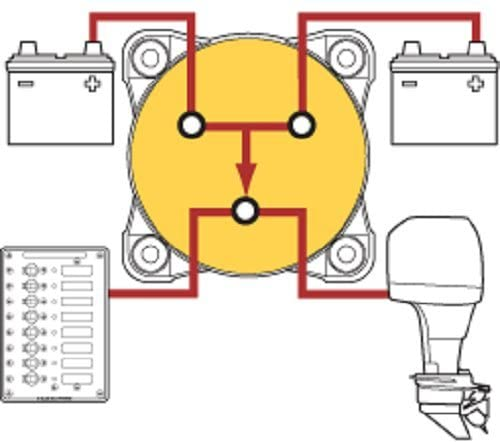
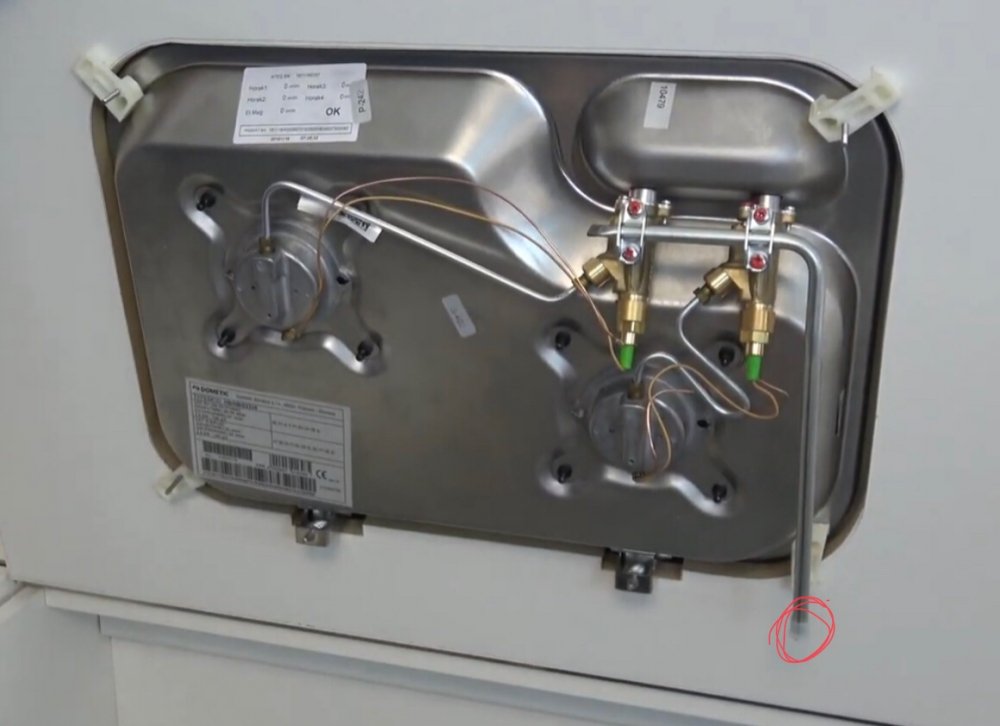
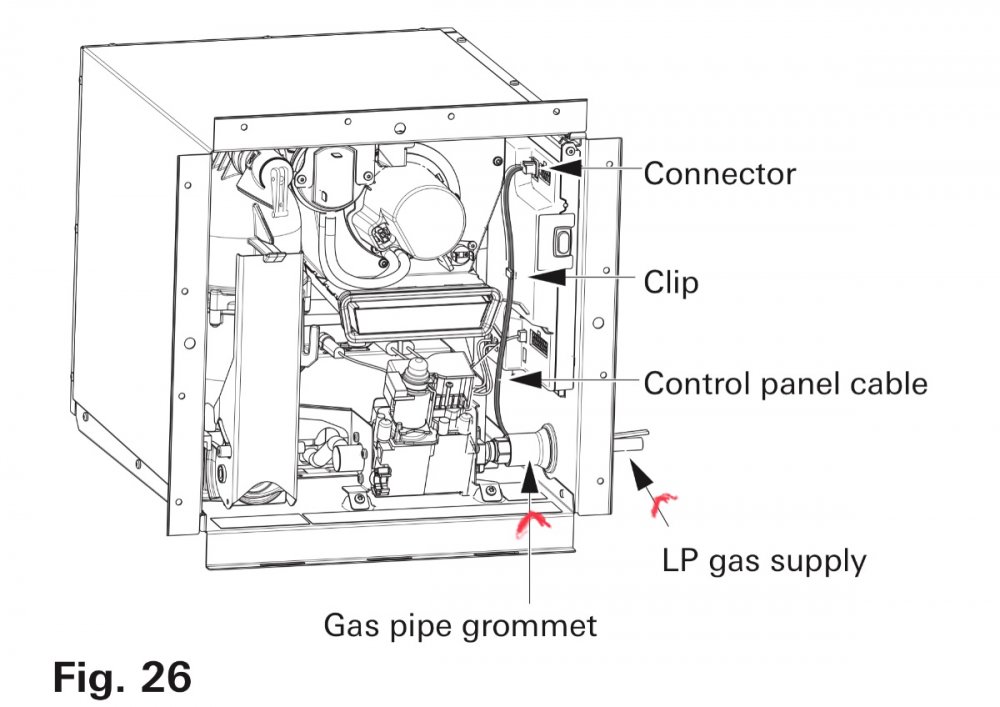
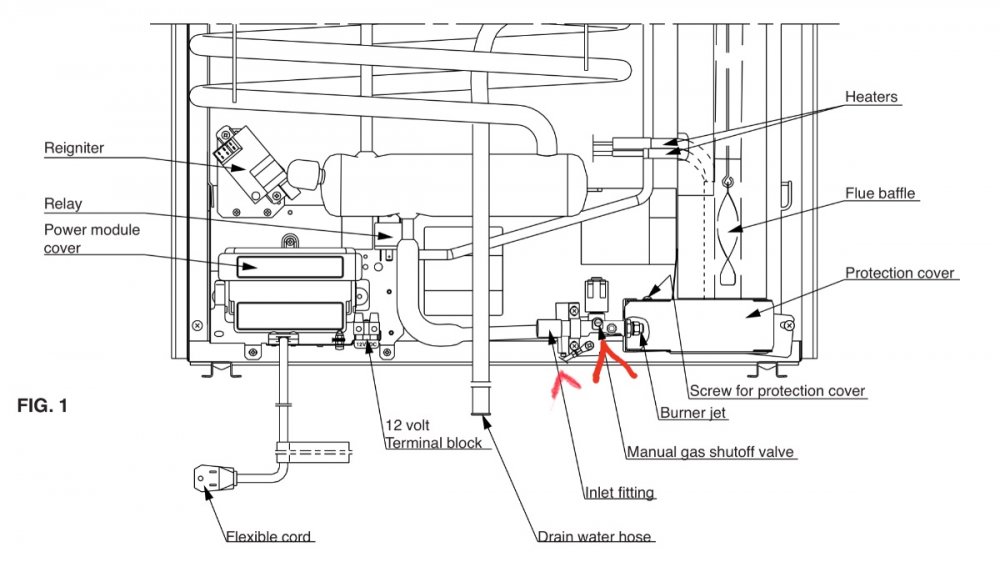
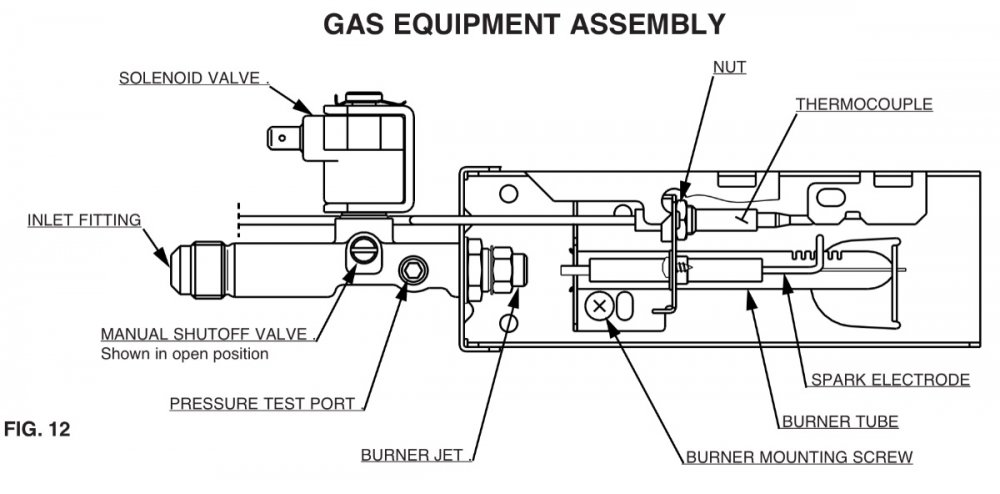
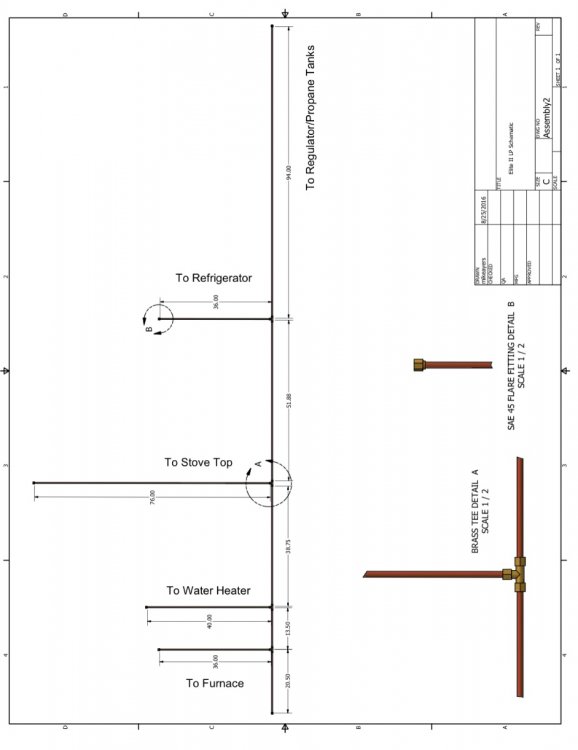

Cold temperature data
in Ollie Modifications
Posted · Edited by mjrendon
Thank you for sharing. I really enjoy data like these.
What system was used to collect these data (logger and sensors)?
Any thoughts on why the temp dropped on the rear curb at 2pm-4pm on the 26th?
Are you planning any further modifications based on these results?
Mike